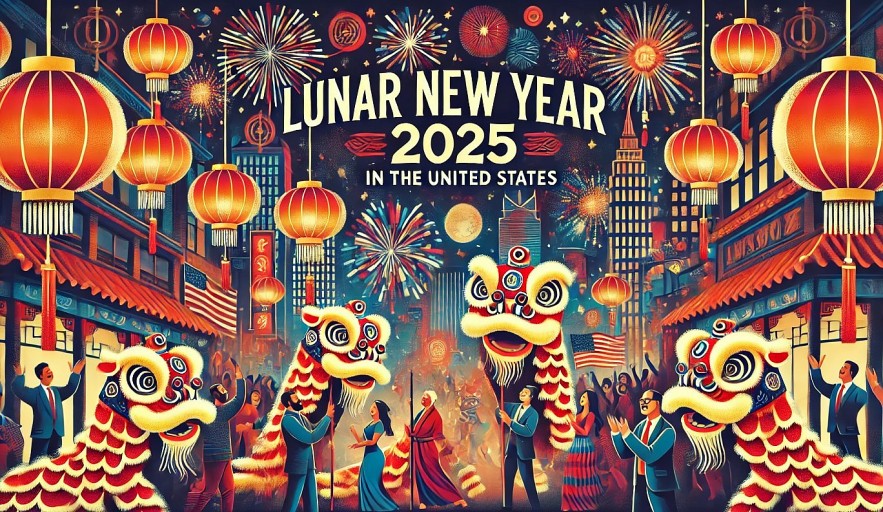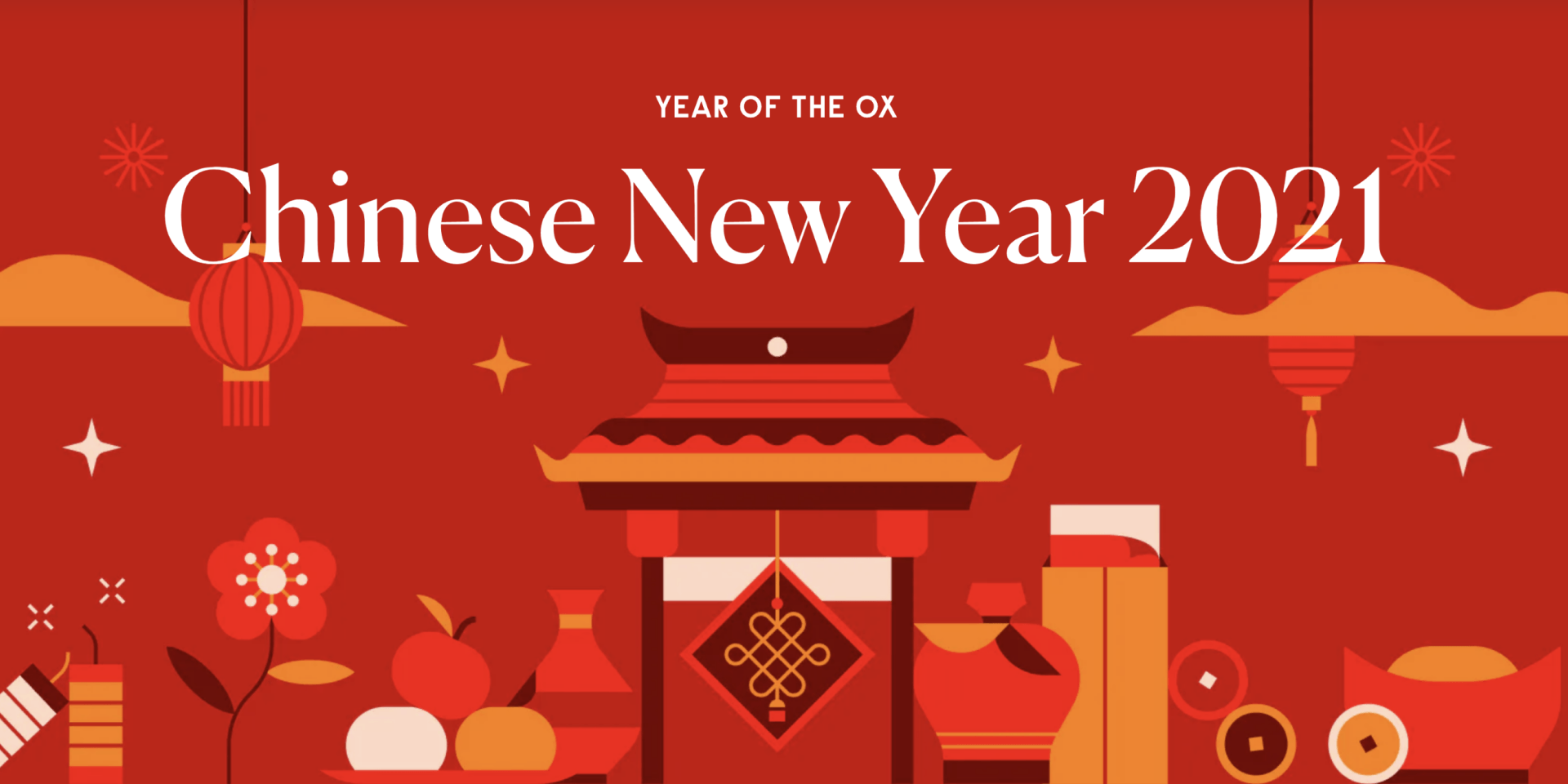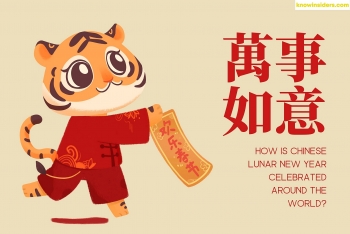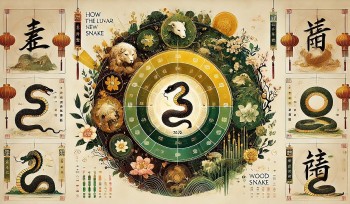When is Lunar New Year 2025 in the U.S: Dates, Locations, Significance, Communities, And Big Events
 |
| Lunar New Year 2025 in the U.S |
The Lunar New Year is a treasured tradition celebrated by millions worldwide, marking the beginning of a new year based on the lunar calendar. For Asian-American communities, the festival is a vital way to honor cultural heritage and pass on traditions to younger generations.
In the United States, the Lunar New Year has grown into a widely recognized event, bringing people of all backgrounds together to experience its vibrant customs.
Learn more: Who Celebrates Lunar New Year in the United States? A Comprehensive Guide
1. Dates of Lunar New Year 2025
The Lunar New Year is based on the lunar calendar, which aligns with the moon's cycles rather than the solar Gregorian calendar. As a result, the festival's date varies each year but typically falls between January 21 and February 20.
For 2025:
- New Year’s Eve: Tuesday, January 28 – Families gather for reunion dinners and traditional rituals to bid farewell to the old year.
- Lunar New Year’s Day: Wednesday, January 29 – Marked by visits to family, ceremonial traditions, and public celebrations.
- Lantern Festival: Wednesday, February 12 – Concludes the 15-day celebration with lantern displays, dragon dances, and communal activities.
2. Locations: Lunar New Year Celebrations Across the U.S.
The Lunar New Year is celebrated with great enthusiasm across the U.S., particularly in cities with significant Asian-American populations. These events range from traditional performances to modern, multicultural festivities.
2.1. San Francisco, California
- Why It’s Special: San Francisco is home to the oldest Chinatown in the United States and hosts the largest Lunar New Year parade outside of Asia.
- Key Event: The Chinese New Year Festival and Parade, which includes a 268-foot-long Golden Dragon, cultural performances, and thousands of participants.
- Don’t Miss: The street fair featuring traditional arts, crafts, and food vendors.
2.2. Los Angeles, California
- Why It’s Special: Los Angeles offers diverse celebrations in Chinatown, Monterey Park, and Little Saigon, showcasing traditions from multiple Asian cultures.
- Key Event: The Golden Dragon Parade, which features floats, lion dances, and marching bands.
- Don’t Miss: The night market in Little Saigon, offering Vietnamese-inspired Lunar New Year treats.
2.3. New York City, New York
- Why It’s Special: New York City’s Chinatown is a hub of Lunar New Year festivities, blending traditional customs with the city’s multicultural energy.
- Key Event: The Lunar New Year Parade and Festival, known for its colorful floats, lion dances, and martial arts performances.
- Don’t Miss: Special menus at Chinatown restaurants featuring Lunar New Year delicacies.
2.4. Houston, Texas
- Why It’s Special: Houston’s large and diverse Asian-American community ensures vibrant and inclusive Lunar New Year celebrations.
- Key Event: The Lunar New Year Houston Festival, featuring dragon dances, traditional music, and fireworks.
- Don’t Miss: Family-friendly cultural activities like calligraphy and paper lantern making.
2.5. Seattle, Washington
- Why It’s Special: Seattle’s International District is the center of cultural celebrations, combining community spirit with traditional customs.
- Key Event: The Seattle Lunar New Year Festival, which includes live performances, food trucks, and craft workshops.
- Don’t Miss: Free cultural tours and storytelling sessions for families.
3. Significance of Lunar New Year in the U.S.
The Lunar New Year is more than just a festival; it is a time for reflection, renewal, and reconnection. For Asian-American communities, it carries profound cultural, spiritual, and social significance.
3.1. Honoring Cultural Heritage
- The festival preserves traditional practices like ancestor worship, red envelope giving, and symbolic food preparation.
- It serves as a reminder of the importance of roots, history, and community.
3.2. Emphasizing Family Unity
- Lunar New Year focuses on family gatherings, with reunion dinners on New Year’s Eve serving as the heart of the celebration.
- Elders bless younger generations with red envelopes, symbolizing good fortune and protection.
3.3. Promoting Prosperity and Renewal
- Customs like cleaning homes, decorating with red and gold, and setting off firecrackers symbolize clearing out bad energy and welcoming luck, health, and success.
3.4. Bridging Cultures
- In the U.S., Lunar New Year transcends ethnic boundaries. Schools, workplaces, and communities host events to educate and involve people of all backgrounds.
4. Communities Celebrating Lunar New Year
4.1. Chinese-American Communities
- Customs: Dragon and lion dances, ancestor worship, and special meals.
- Key Locations: San Francisco, Los Angeles, New York, and Chicago.
4.2. Vietnamese-American Communities
- Festival Name: Tết Nguyên Đán (Tết).
- Customs: Offering Bánh Chưng and Bánh Tét (sticky rice cakes), ancestral rites, and vibrant street festivals.
- Key Locations: Houston, San Jose, and Orange County.
4.3. Korean-American Communities
- Festival Name: Seollal.
- Customs: Wearing hanbok, playing traditional games like yutnori, and eating tteokguk (rice cake soup).
- Key Locations: Los Angeles, Atlanta, and New York.
4.4. Pan-Asian Communities
- Communities from Malaysia, Thailand, Mongolia, and the Philippines also celebrate Lunar New Year, often incorporating their unique traditions.
5. Major Lunar New Year Events in the U.S.
5.1. San Francisco Chinese New Year Parade
- Highlights: Elaborate floats, a giant Golden Dragon, and firecrackers.
- Why Go: One of the most iconic Lunar New Year events in the world.
5.2. New York City Lunar New Year Parade
- Highlights: Lion and dragon dances, vibrant costumes, and traditional music.
- Why Go: A cultural spectacle in one of the most diverse cities on Earth.
5.3. Vietnamese Tết Festival, San Diego
- Highlights: Cultural performances, food markets, and traditional games.
- Why Go: A lively celebration of Vietnamese culture and heritage.
5.4. Golden Dragon Parade, Los Angeles
- Highlights: Colorful floats, lion dances, and multicultural performances.
- Why Go: A family-friendly event with something for everyone.
5.5. Houston Lunar New Year Festival
- Highlights: Martial arts demonstrations, firecrackers, and traditional food.
- Why Go: A welcoming and inclusive celebration for all ages.
6. Modern Trends in Lunar New Year Celebrations
6.1. Digital Engagement
- Many events now offer virtual components, including live-streamed performances and online workshops.
6.2. Sustainability
- Eco-friendly practices like digital red envelopes and reusable decorations are gaining popularity.
6.3. Fusion Festivals
- U.S. celebrations often blend traditional elements with contemporary influences, including live bands and fusion cuisine.
6.4. Social Media Influence
- Platforms like Instagram and TikTok showcase traditional outfits, recipes, and performances, amplifying the festival's reach.
Conclusion
The Lunar New Year 2025 in the U.S. is a spectacular celebration of tradition, diversity, and unity. From iconic parades in San Francisco and New York to intimate family gatherings and vibrant cultural festivals, the Lunar New Year offers something for everyone. As the Year of the Snake begins, these celebrations reflect the enduring spirit of renewal and connection, bridging cultures and generations across the nation.
FAQs About Lunar New Year 2025 in the U.S.
Q1. Is Lunar New Year a public holiday in the U.S.?
No, Lunar New Year is not a federal holiday, but some cities and schools with large Asian-American populations observe it.
Q2. What is the significance of the Year of the Snake?
The Snake symbolizes wisdom, intuition, and transformation. People born in the Year of the Snake are thought to be strategic, resourceful, and charming.
Q3. Can non-Asians participate in Lunar New Year events?
Absolutely! Lunar New Year celebrations in the U.S. welcome people from all backgrounds to learn about and enjoy the traditions.
Q4. What are common Lunar New Year greetings?
- Chinese: “Gong Xi Fa Cai” (Mandarin) or “Kung Hei Fat Choi” (Cantonese).
- Vietnamese: “Chúc Mừng Năm Mới.”
- Korean: “Saehae Bok Mani Badeuseyo.”
Q5. Are Lunar New Year events free to attend?
Many community parades and festivals are free, but some cultural performances or private events may require tickets.
 10 Best Decoration Ideas for Lunar New Year 10 Best Decoration Ideas for Lunar New Year Chinese New Year, also known as Lunar New Year or Spring Festival, is China's most important festival. Haven't got any ideas for decorations? |
 How Lunar New Year Celebrated Around The World: Traditions And Customs How Lunar New Year Celebrated Around The World: Traditions And Customs Chinese (Lunar) New Year falls on the same day but different countries have different ways to celebrate. Let's take a look at how it is ... |
 Guide to Cook the Frozen Meat Dishes Based on Vietnamese Style Guide to Cook the Frozen Meat Dishes Based on Vietnamese Style Frozen pork is a great dish for family feasts around the New Year and other traditional holidays. These steps will show you how to cook ... |
 The Influence of the Lunar New Year on Each Zodiac Sign The Influence of the Lunar New Year on Each Zodiac Sign This comprehensive guide explores how the Lunar New Year influences each Chinese zodiac sign in 2025, offering insights and advice for navigating the year ahead. |


























